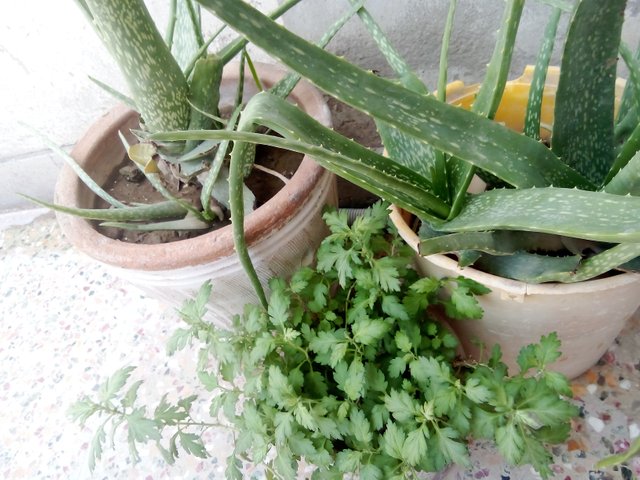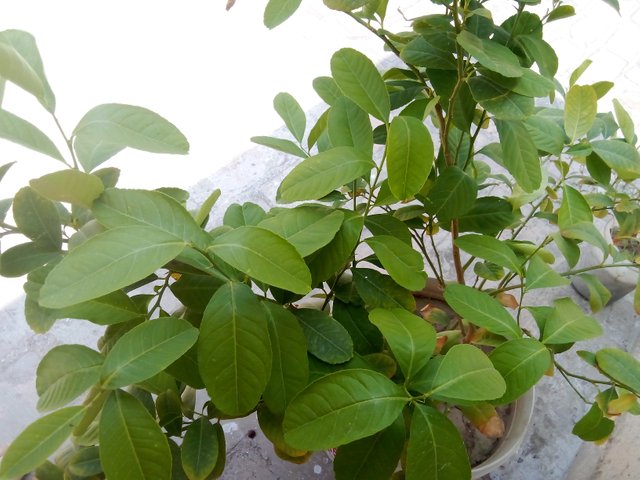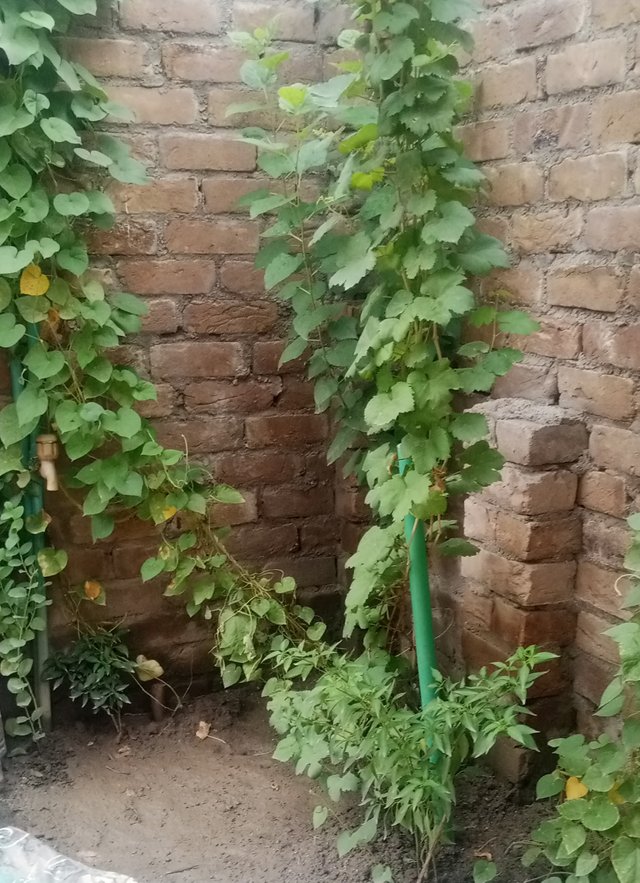“Contest : Water sources and uses in agriculture”
Assalamoalaikom
I hope you are all doing great and enjoying your time on this beautiful platform. This is me @isha-rehman and today I am taking part in the amazing contest organized by @abdul-rakib on a topic that touches the heart of every farmer: water and its use in agriculture.Water is one of the most important resource in farming. No matter how good the soil is or how hard the farmer works without water nothing can grow. Especially in a country like Bangladesh where agriculture support the lives of millions of family irrigation play a vital role.
In this post I would like to share how water is used in agriculture in my country what types of irrigation systems are common what challenges we face and how we can improve things for our farmers.
Water Sources Used in Agriculture
In Bangladesh the agricultural system depends on two types of water sources: natural and artificial.
Natural Sources:
1.Rainwater – the most traditional and common source
2.Rivers – such as the Padma Jamuna and Meghna
3.Canals and wetlands – used mostly in village areas
4.Ponds – some farmers collect and store rainwater here
During the rainy season (July to December) we mainly rely on rainwater for crops like Aman rice jute and other seasonal vegetables. But lately due to climate change the rain is not coming regularly. Sometimes farmers wait weeks for rain and crops start to dry up.
Artificial Sources:
1.Shallow tube wells – used for small to medium farming lands
2.Deep tube wells – mainly used in large-scale agriculture
3.Motor pumps – run by petrol or diesel to lift underground water
4.Electric water pumps – used where electricity is available
From January to June there is very little rainfall. Farmers must use these artificial methods to grow crops like Boro rice wheat onions and garlic. These irrigation system help protect the crop but the cost is very high and not all farmer can afford it.
Why Is Irrigation Expensive?
Over the last few years farmers in our region have been complaining about the rising cost of irrigation. Here are the main reasons:
1.Fuel prices have increased making it expensive to run motor pumps
2.Electricity bills for electric pumps are too high for poor farmers
3.The water table is dropping, so more powerful machines are needed to extract water
4.Regular maintenance and repair of machines adds more expenses
In some areas farmers must rent irrigation systems from others which also adds to the cost
For small farmers who grow on 1 or 2 acres of land these costs can sometimes be more than their crop profit.
How Can We Reduce Irrigation Costs?
There are a few possible solutions that could help reduce irrigation expenses and make farming more sustainable:
1.Solar power water pump: These require high initial investment but they save a lot in the long run. They are eco friendly and reduce the dependency on fuel.
2.Rainwater harvesting: We can collect rainwater during the monsoon season and store it in tank or pond for dry season use.
3.Drip irrigation system: These deliver water directly to the root of plant and save both water and energy.
4.Government support/subsidies: If the government provide subsidies on fuel solar pump or machinery it would be a big help for farmer.
Importance of Irrigation in Crop Production:
Irrigation is not just about watering the plant it is about ensuring food security and protecting the livelihood of million.
Proper irrigation:
1.Allows year-round crop productioneven during droughts
2.Helps in multiple cropping systems increasing income
3.Improves soil health and keeps the land productive
4.Reduces risk of crop failure especially in dry months
Without irrigation most farmers in Bangladesh would not be able to produce enough to support their families or meet the country’s food needs.
How to Manage Natural Water Sources Better
We must focus more on protecting and managing our natural water in smart ways. Here are a few suggestions:
1.Rebuild and repair old canals and ponds that have been neglected
2.Construct check dam and mini water reservoir to store excess rainwater
3.Educate farmer about water saving technique.
Community based irrigation project so that multiple farmer can share one system and reduce individual cost. These small step can create big changes in the long run.
Farming is not easy. Behind every plate of rice or vegetables there is a farmer who worked hard spent money on irrigation and hoped for a good harvest. That’s why we must respect water use it wisely and support our farmers by making irrigation affordable and sustainable. Let us pray that the weather becomes kinder technology becomes cheaper and farmers become stronger InshaAllah.
i am inviting my friends:
@sana-khan01
@anthony002
@m-fdo
Thank you @abdul-rakib for creating this meaningful contest. I really enjoy sharing my thought and experience. I look forward to reading other entrie and learning from them.





https://x.com/Isharehman01/status/1946139373738582249
Your post has been supported by the TEAM FORESIGHT. We support quality posts, good comments anywhere, and any tags
Hola
Actualmente las lluvias no son como esperábamos , la cual los agricultores siembran y muchas veces pierde su cultivos por falta de agua.
El trabajo en el campo es duro, pero muy gratificante detrás de una cosecha hubo alguien que se esforzo por cultivar